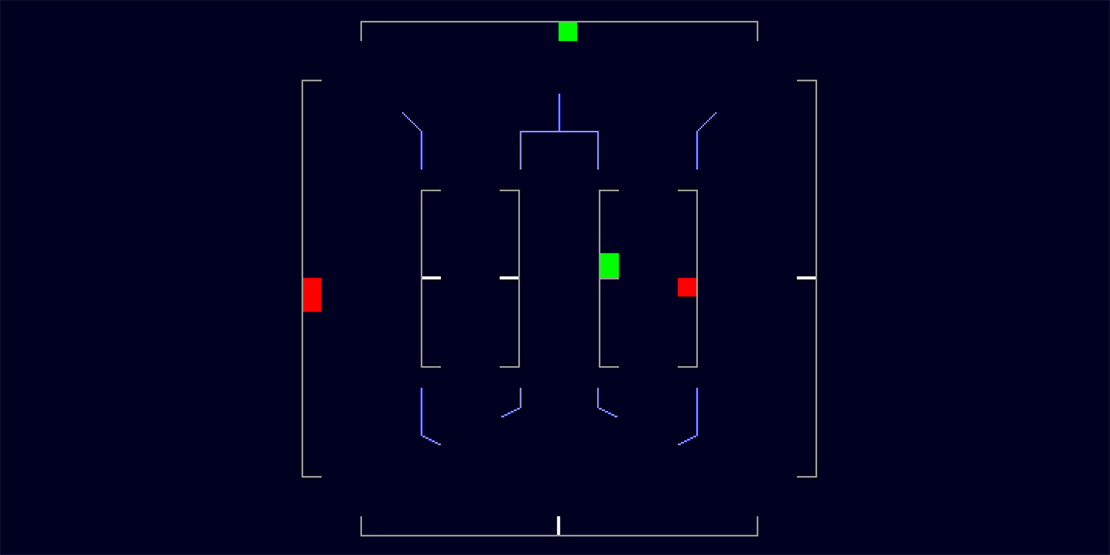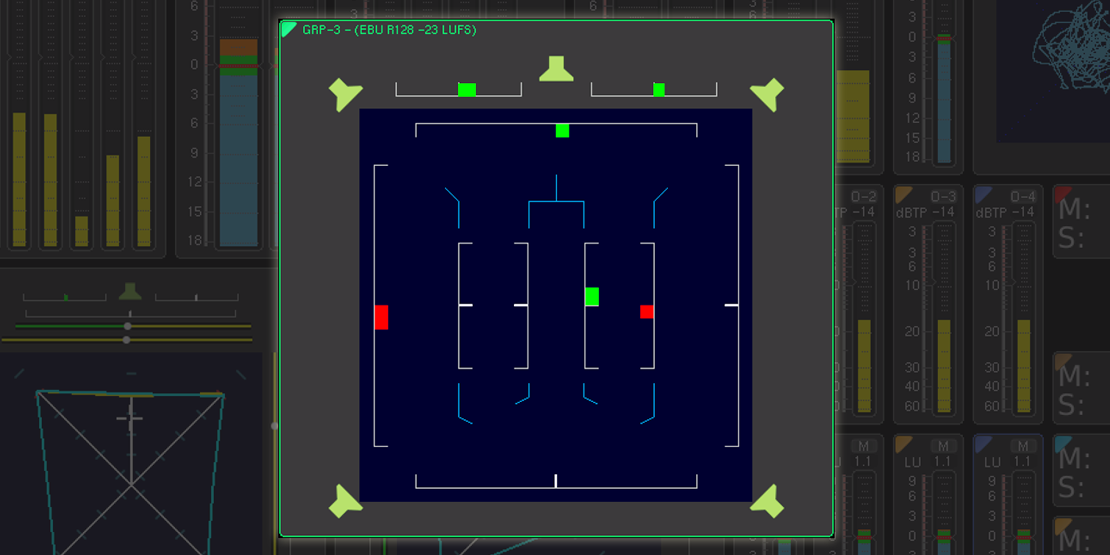
Complete Display
The Multicorrelator is a very useful tool when you work with surround sound and wanting to make sure that your surround mix also sounds great when down mixed to stereo or even mono.
Basically, you can view phase relations between all channels in a single, simple-to-grasp view.
|
Sign up to learn about new blog posts! |
|
|
Phase Correlation
Let's start by understanding the term phase correlation and how we typically show it in our meters.
Mostly, phase correlation is used to determine the mono compatibility of a stereo signal, but depending on where you use it, it can also reveal other things, such as bad microphone placement.
The term phase correlation refers to the phase relationship between two sources, and with a phase correlation meter, you get a simple view of the changing phase relationship between those two sources.
There are three main ways two sources can relate - and anywhere in between.
- Identical: They are 100% identical
- Unrelated: They don't relate at all and have nothing in common
- Switched Polarity: They are identical, but one of the signals has its phase inverted
In a phase correlation meter, these three stages are normally described on a linear scale going from -1 (switched polarity) over 0 (unrelated) to 1 (identical). The numbers -1, 0 and 1 are not randomly chosen as they are the cosine of the angle of degrees of the phase difference between the two sources.
Phase relations below 0 are shown in red and relations above 0 are shown in green.
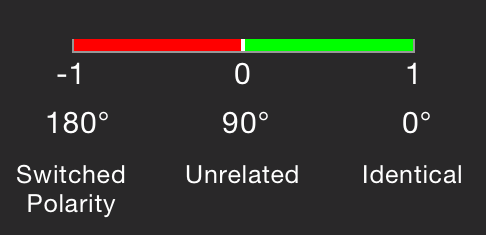
If left and right channels are identical, there are zero degrees of phase difference between them, and since the cosine of 0 degrees is 1, that's what the meter will tell you.
If left and right are different, unrelated signals, the phase correlation between them will be 90 degrees and the cosine of 90 degrees is 0.
And if left and right are the same, but right is inverted, the phase difference would be 180 degrees, and the meter will show -1, which is the cosine of 180 degrees.
Normal stereo mixes usually show correlation values between 0.3 and 0.7.
Multichannel Correlation
The idea behind the unique Multicorrelator is to display the phase relationships of not just one source pair, but to show the relationships of many pairs of sources in one simple view.
The Outer Part
Here I've cut out the phase correlation meters on the outer part of the Multicorrelator.
You can see that phase correlation is good between the front channels (green), but there might be a problem with the phase correlation between Left and Left-Surround (red).
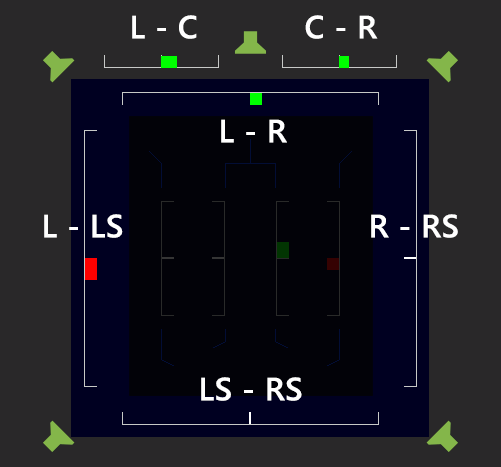
Inner Square
The inner square contains phase correlation meters for L, C and R compared to LS and RS, and I've cut out this part where you can see a potential problem between Right and Left-Surround (red).
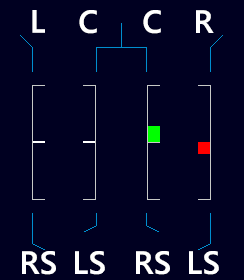
LFE
The Multicorrelator has an LFE mode that specifically shows the phase relationship between each of the surround channels and the LFE channel.
This is a great tool for making sure there are no major phase problems with regards to the LFE channel, making sure it behaves correctly when down mixed.
LFE Phase issues are typically problematic when played back on speaker systems with bass management, where low frequencies of the main speaker content is reproduced by the subwoofer.
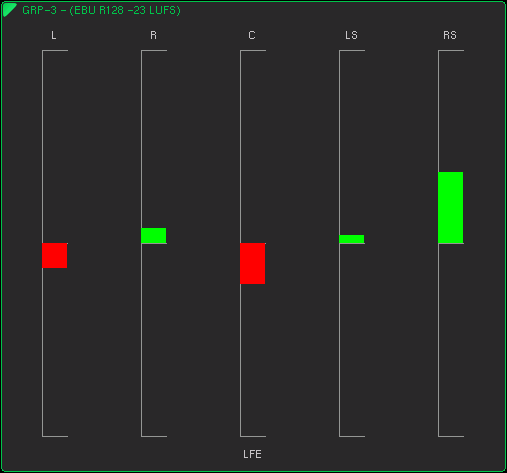
|
Sign up to learn about new blog posts! |
|
|
Technically Spoken
What is required to run the Multicorrelator?
- RTW TouchMonitor TM7 or TM9
- Software license SW20001 Multichannel Mode
- Software license SW20006 Premium PPM and Vectorscope
The Multicorrelator is also part of the RTW Mastering Tools plug-in for Mac and PC.
Multicorrelator Features
- Multichannel Phase Correlation Meter for Surround Sound
- Lets you keep an eye on downmix compatibility
- Normal mode with 3.1, 4.0, 5.0, 5.1, 7.1 formats for each channel pair
- LFE mode with 5.1, 7.1 formats to display the correlation between each single channel and LFE channel

